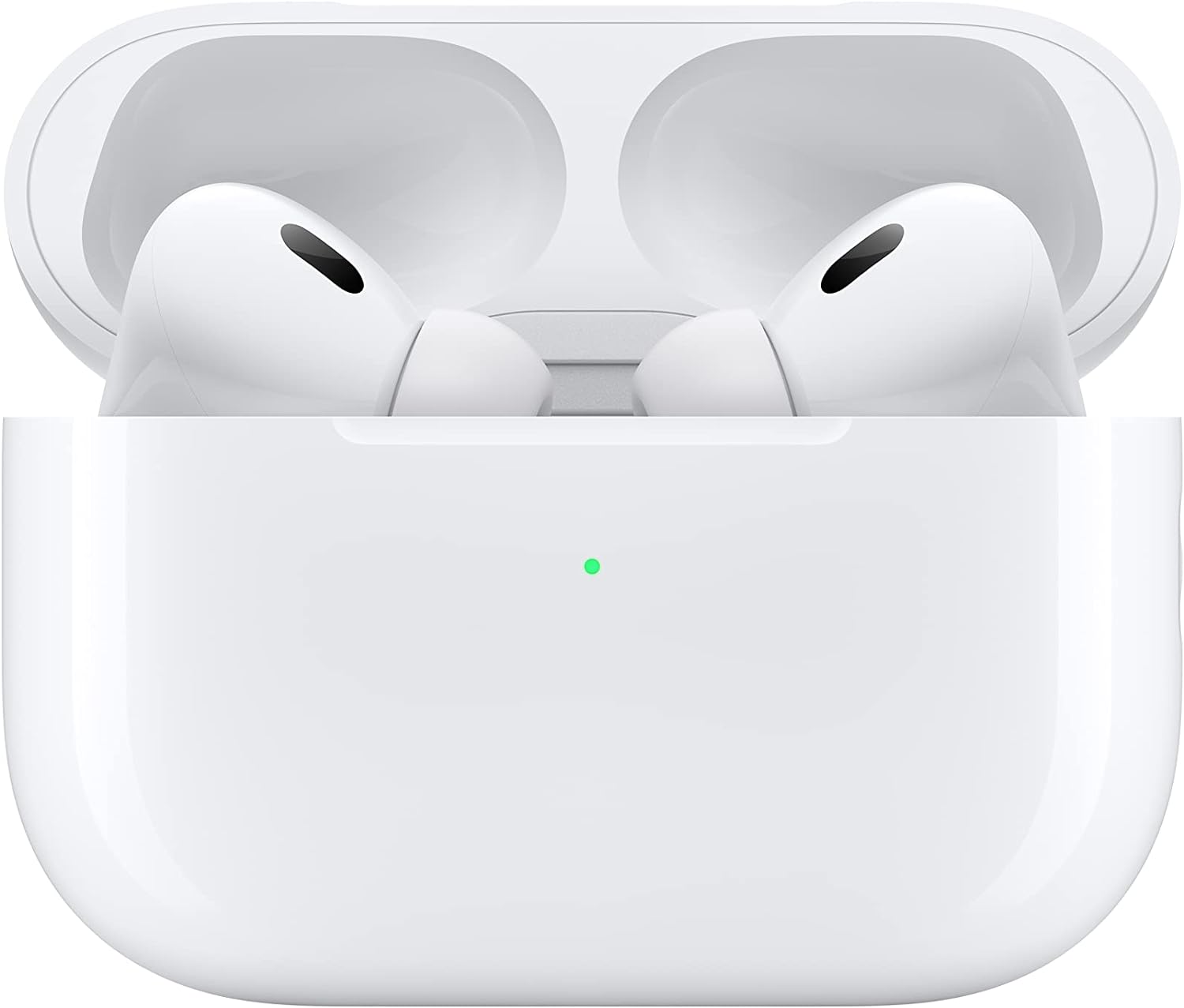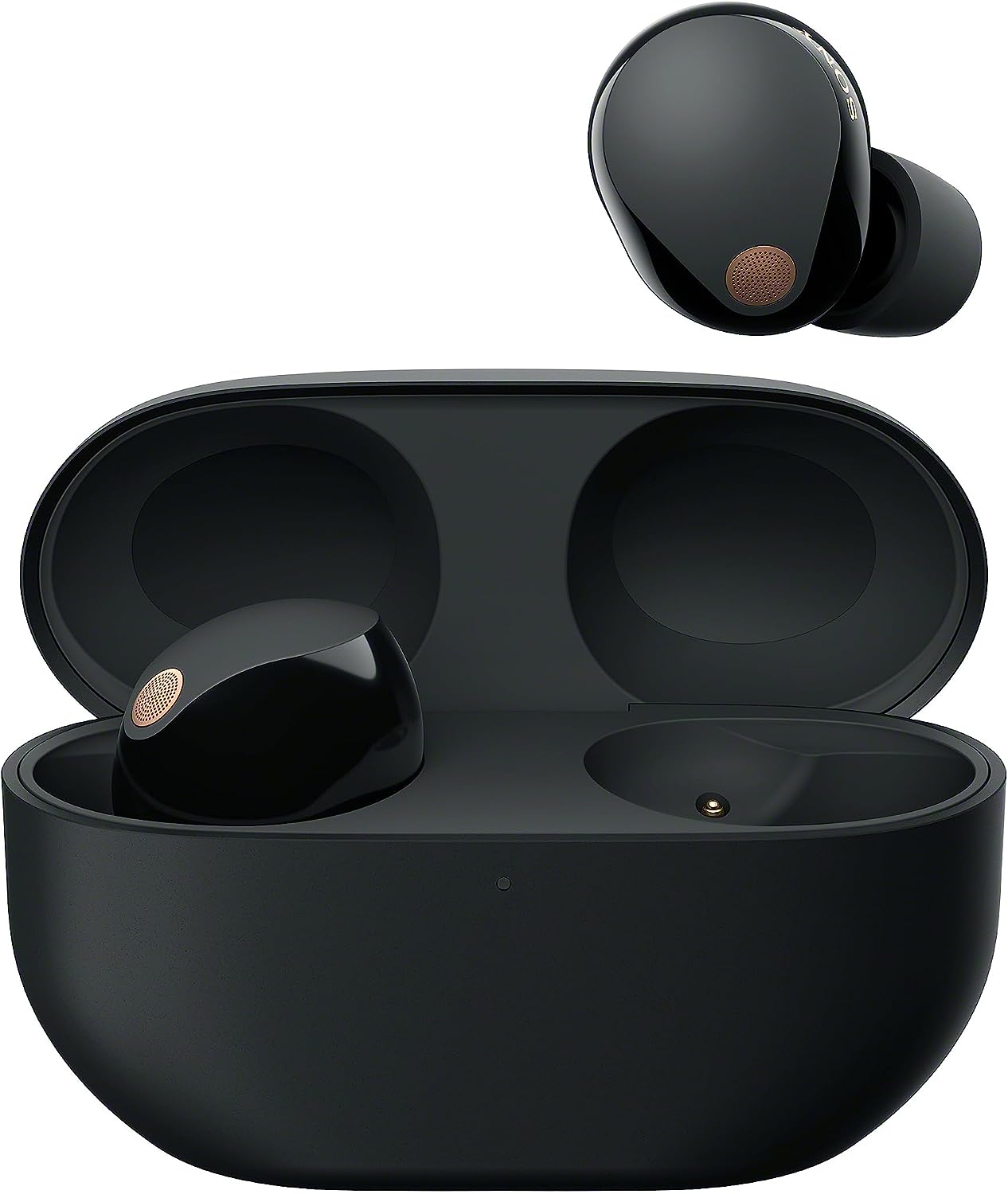You’d think that after all these years of wireless earbuds, we’d have seen it all. But no. Every time we settle into a favorite, a new model pops up and throws a wrench in everything. That’s exactly what happened with the release of the Sony WF-1000XM5 and the AirPods Pro 2. Both come from giants who’ve nailed audio in their own ways, and now they’re facing off in what might be one of the most unfair fights… or is it?
We’ve been switching between these two for weeks now, and honestly? It hasn’t been easy to pin down a clear winner. The AirPods Pro 2 bring everything Apple users love—seamless integration, intuitive design, and a very “you already know how to use this” vibe. Meanwhile, Sony’s WF-1000XM5 feel like they were designed by someone who lives inside your ear and knows exactly what you need.
They’re both brilliant, but they couldn’t be more different. So let’s break this down the way it should be done—by actually living with them, not just listing specs.
Style and fit: foam vs silicone, stem vs stub
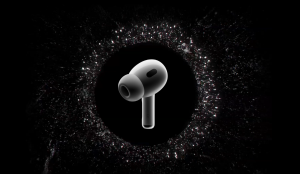
We have to say it: if you’re used to seeing those little white sticks poking out of people’s ears, you’re looking at the AirPods Pro 2. Apple hasn’t changed much from the original Pro design—white, glossy, with a short stem and interchangeable silicone tips. It’s familiar, but also very Apple.
Sony, on the other hand, went smaller, rounder, and a bit more discreet with the WF-1000XM5. No stems, just compact little buttons in either matte black or silver, topped with memory foam tips that mold to your ears over time.
The foam vs. silicone debate is never-ending. Memory foam feels snugger and blocks out more ambient noise passively, but it can get warmer during long sessions. Silicone is cooler and easier to clean, but sometimes shifts around more, especially if you’re chewing or talking.
And we have to talk about size. The XM5 are smaller than their predecessors, finally avoiding that “bulge sticking out of your ears” look. The AirPods Pro 2 are still more visible, but they’ve got that built-in status symbol thing going on. Who hasn’t spotted them from across the street?
Battery life: more juice where it matters
Let’s be honest, we don’t always remember to charge our earbuds. So when one of them dies in the middle of a commute? Rage. Pure rage.
The AirPods Pro 2 last up to 6 hours with noise cancellation on, stretching to 9 without. The charging case adds another 24, bringing you to 30 hours total. That’s not bad at all.
Sony’s WF-1000XM5 pull ahead with 8 hours of ANC playback per charge and 12 without. Their case brings the total to 24 hours—less overall than Apple’s, but longer for each session.
And if you forget to charge? No worries. Both support fast charging: a few minutes in the case gives you about an hour of playback. Perfect for those “oh no” mornings.
We do wish Sony’s case had MagSafe, though. Apple’s magnetic snap-to-fit case makes wireless charging feel almost… fun? Sony goes with Qi, which works fine, but it lacks that Apple “click and go” ease.
Noise cancellation: two masters, one small edge
If you haven’t tried good ANC yet, let us tell you—it’s life-changing. Blocking out the world, even for a few minutes, can be the reset your brain needs.
The AirPods Pro 2 use Apple’s H2 chip to analyze and cancel noise in real time, with six microphones working across both ears. They’ve come a long way since the first-gen Pro.
Sony’s XM5 uses their new Integrated Processor V2 and also packs six microphones, but the way they handle lower frequencies is something else. On a subway, train, or airplane, the Sony buds filter out engine hum more effectively, creating this eerie silence that’s almost addictive.
That said, both earbuds come with a transparency mode that lets ambient sound in when you need to be aware of your surroundings. It’s great for walking in busy areas or having a quick chat at the store.
But if we had to nitpick? Sony’s noise cancellation feels more aggressive, while Apple’s is a little more natural. Depends on whether you want total silence or just peace and quiet.
Smart features: brains behind the sound
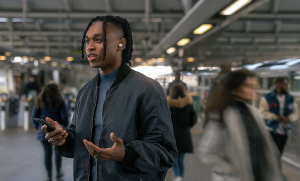
Here’s where things get clever. Both models adjust noise cancellation automatically based on your location and activity. That means you won’t need to fiddle with settings every time you step outside or get on a train.
Apple uses built-in sensors and your iPhone’s location data to shift modes automatically. And Sony’s adaptive sound control does the same, but with more granular user control via their app.
And about apps—Sony wins here. Their Headphones Connect app gives you access to a customizable equalizer, ANC controls, 3D audio settings, and more. With Apple, you’re pretty much stuck with whatever the iOS ecosystem gives you. Clean and intuitive, yes, but kind of locked down.
Spatial audio is present on both, and if you haven’t tried it, it’s like listening inside a dome where everything shifts with your head movement. Apple calls it “Personalized Spatial Audio,” and it’s tuned with your iPhone’s camera. Sony uses their 360 Reality Audio format, which requires compatible music apps but delivers equally immersive results.
Automatic pausing and voice detection: earbuds that know when to chill
Remember the first time your music paused when you took a bud out? Now imagine it pausing just because you started talking.
Both Apple and Sony now offer automatic voice detection. With Apple, the playback dips when you begin speaking, so you can chat without tapping anything. Sony’s version is more advanced—it’s literally called Speak-to-Chat, and it pauses music entirely until it senses you’ve stopped talking.
It’s not perfect—sometimes it cuts in too fast when you clear your throat—but it’s smart enough that you stop noticing it. That’s when you know tech is doing its job.
Also, both pause your audio when you remove one earbud, and resume when you put it back in. It’s one of those “of course it should do that” features that you now expect on high-end buds.
Durability: not made for rainstorms, but ready for sweat
These aren’t gym-only earbuds, but they do need to survive your life—sweat, drizzle, accidental drops in your coffee…
AirPods Pro 2 come with an IP54 rating, which means they’re protected against both splashes and limited dust exposure. That’s comforting if you jog on dusty trails or ride a bike in dry weather.
Sony’s WF-1000XM5 are IPX4 certified, so they’ll handle sweat and rain but don’t promise anything against dust. For most people, that won’t matter. But if you live in a place where dust is everywhere, Apple gives you that little extra layer of protection.
Neither are for swimming. Just… don’t.
Ecosystem: do you live in Apple world or not?
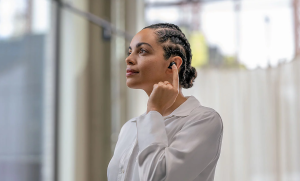
Here’s the biggest philosophical divide. Apple’s AirPods Pro 2 are built to live inside the Apple ecosystem. If you’ve got an iPhone, iPad, and MacBook, they sync across all of them like magic. Take one out of your ears, and your Mac knows to pause the music. Pick up a call on your iPhone, and the switch is instant.
But try using them on Android? You’ll lose features like Spatial Audio, automatic switching, or even in-ear detection in some cases.
Sony doesn’t care what you use. Whether you’re team Android or iOS, the WF-1000XM5 work the same. You get the same ANC, same customization, same app, same everything. That kind of cross-platform freedom is rare these days.
Touch controls: learn them, then forget them (in a good way)
Remember when we had to press tiny buttons on our earbuds? Never again.
Both models support touch controls: tap to play/pause, swipe to adjust volume, hold to toggle ANC. And they work well once you learn the pattern.
Sony lets you customize what each tap does in the app. That’s great if you want one bud to control volume and the other for playback.
Apple’s controls are simpler—you swipe the stem for volume, squeeze for other actions—but you can’t change the layout. It’s easy to remember, but less flexible.
Voice assistants? You get Siri on Apple, and either Google Assistant or Alexa on Sony. Voice detection is fast, responsive, and less buggy than in earlier models.
So… is one better?
Okay, let’s be real for a second. Both of these earbuds are incredible. But only one of them feels like it’s made for everyone, not just a specific user type.
The AirPods Pro 2 are beautifully polished, especially if you live entirely inside Apple’s ecosystem. The way they switch between devices, how well they play with iOS settings, the integration with Find My—it all works so cleanly that you never think about it. But the moment you step outside that bubble, it’s like half the features vanish.
Sony’s WF-1000XM5, though? They’re for people who care about sound first. The memory foam tips feel more stable over time, the ANC blocks out more of that low-end rumble, and the app lets you tweak every little thing. Plus, they don’t punish you for owning an Android phone.
What surprised us the most was how much longer the Sony buds themselves last on a single charge. Sure, the Apple case extends total playback, but sometimes you just need more hours straight without docking.
And while Apple feels more “invisible” in daily use—minimalist to the point of being unnoticeable—Sony feels like the earbuds you’d take on a long flight, to a noisy café, or just when you want to get lost in music.
So yeah, if we had to pick one? The Sony WF-1000XM5 win this round—not because they’re flashier or newer, but because they just do more for more people. And that, in the end, is what we think matters most.

